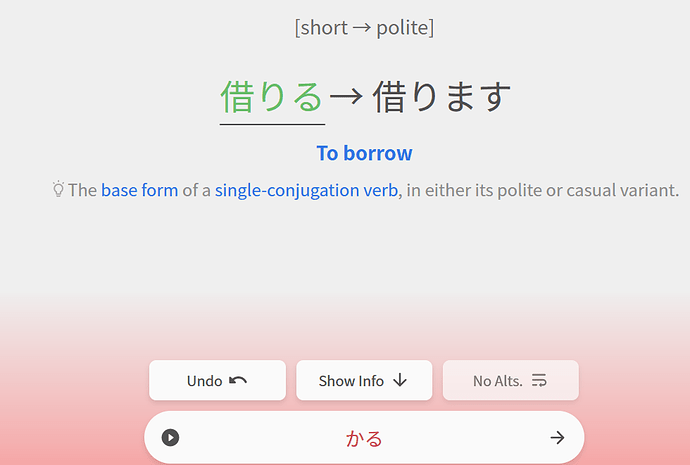This information is also present in the okurigana. When a verb has an い-row or え-row kana outside of the kanji before the inflecting kana (in this case り), the verb is an ichidan verb. There are very few exceptions to this rule. Iterating over JMDict with a script shows that godan verbs with い-row and え-row okurigana are limited to the following:
阿ねる, alternatively spelled 阿ね
臥せる
寝そべる
畝ねる, alternatively spelled 畝る
耽ける, alternatively spelled 耽る
嘲ける, alternatively spelled 嘲る
嘲ける, alternatively spelled 嘲る
抓める, alternatively spelled 抓る
翔ける/駆ける, alternatively spelled 翔る
混じる/交じる/雑じる, alternatively spelled 混る or 交る
蘇える/甦える, alternatively spelled 蘇る or 甦る
捩じる/捻じる/拗じる, alternatively spelled as 捩る, 捻る, or 拗る
天翔ける, alternatively spelled as 天翔る
かっ穿じる/掻っぽじる/掻っ穿じる/搔っ穿じる, alternatively spelled as かっ穿る or 掻っ穿る
In every other case you’ll encounter, a verb with an い-row or え-row okurigana will be ichidan.


